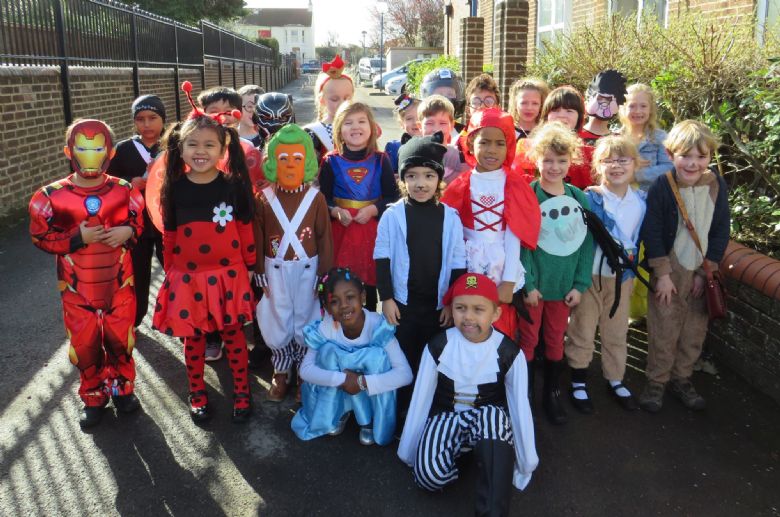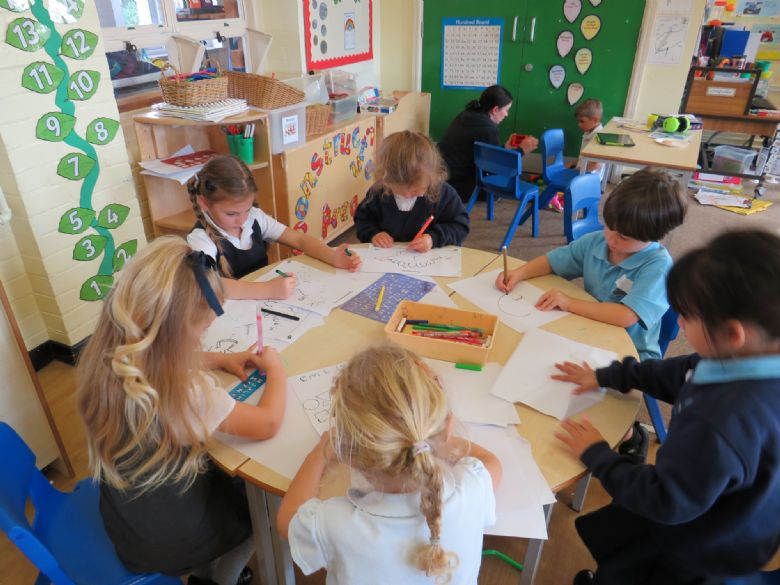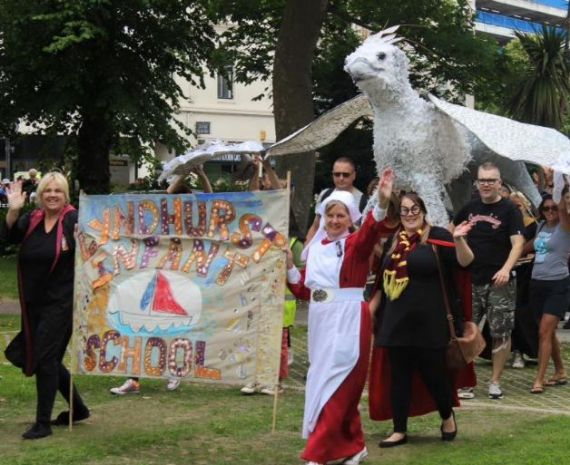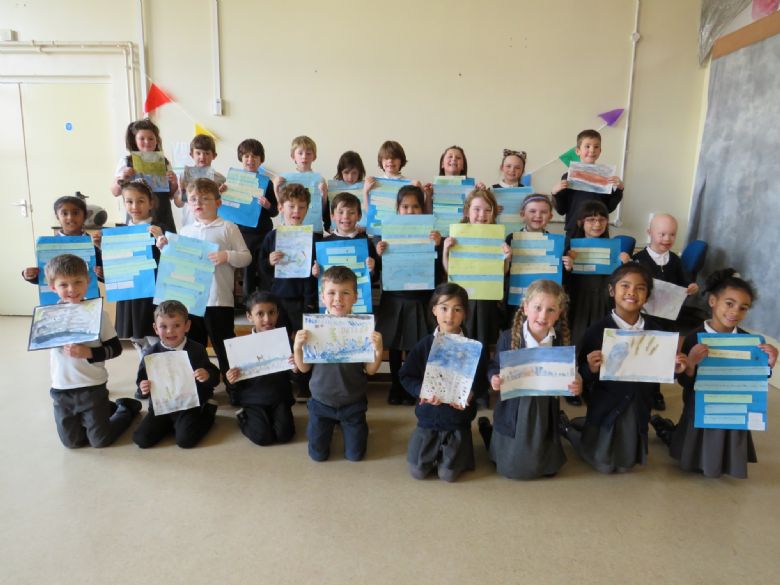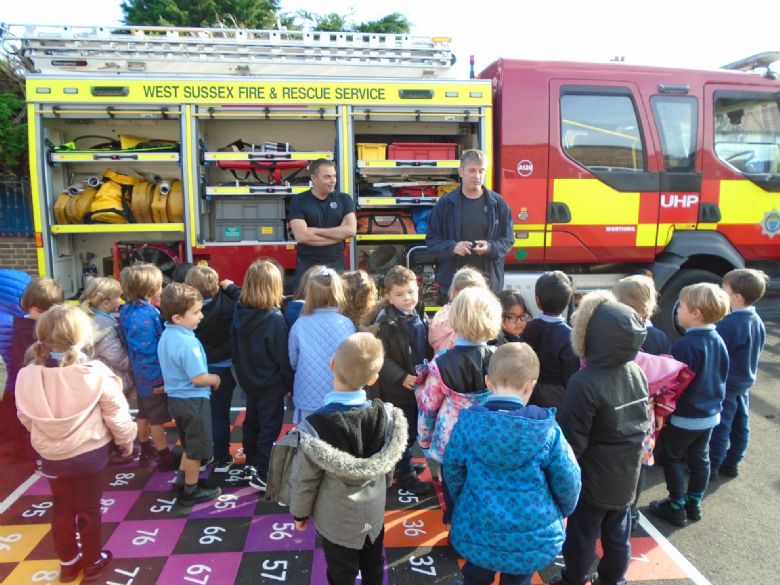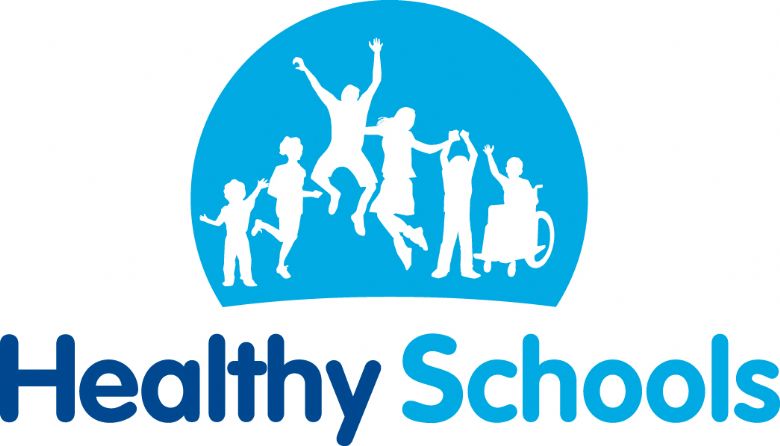Maths
Maths Curriculum
Maths calculation skills are taught progressively at Lyndhurst Infant School and concepts are presented to children in a variety of ways to enrich their understanding. A range of models and images are used across the curriculum to support conceptual understanding and these can be seen in the Models and Images document below. Click on the other links below to see our progression documents for the four operations.
Progression in Addition and Subtraction
Progression in Multiplication and Division
Progression of Models and Images
In order for children to become more fluent in calculating, it is important that they master some key skills and facts in maths. Click on the link below to see our progression of Key Skills across the school. These are taught in class and the fortnightly maths homework focused on these skills for each year group. It is important for parents/carers to support their child in practising these skills frequently at home.
Key Skills Document
At the end of each academic year, the children are assessed against a set of criteria to see if they are at the expected standard for the year group that they are in. Annually we hold a Maths curriculum meeting for parents, where we talk through the end of year expectations for Early Years, Year 1 and Year 2 and gave practical advise for games and activities that you could do at home to support your child's progress in the Maths curriculum. This meeting usually occurs in the spring term.
An online dictionary that is suitable for helping children to understand any mathematical vocabulary can be found at this website: www.amathsdictionaryforkids.com
Games to Play at Home! (click on the links below to access suggested games and activities that you can do at home to support your child's learning towards these objectives)
Please use the links below to find some activities to help your child achieve the skills by the end of their current Year Group.
Early Years
- Count up to 10 and back again and be able to recognise the numerals 0 - 10
- Count up to 20 and back again and be able to recognise the numerals 0 - 20
- Count a set of 20 objects and match to the correct numerals
- Solve problems involving doubling and halving
- Say 1 more or 1 less than a given number
- To be able to use the language of time
Year 1
- To count to and across 100, forwards and backwards
- To know pairs of numbers that make 10, then 20
- To know all addition and subtraction facts up to 20
- To count in 2's and 10's
- To count in 5's
- To read O'clock and half past times





